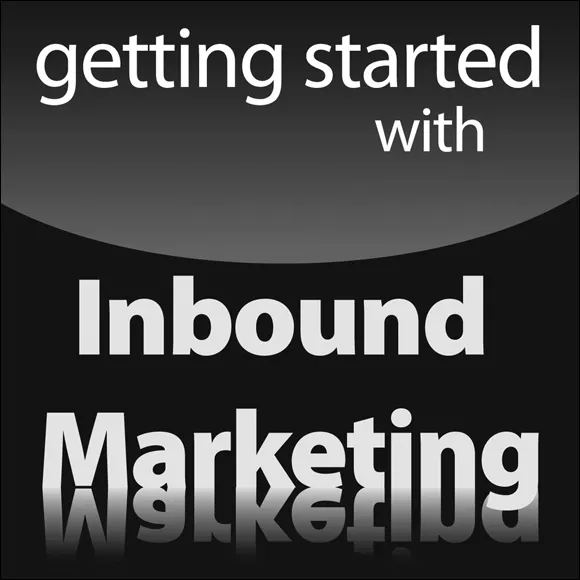
- English
- ePUB (mobile friendly)
- Available on iOS & Android
About This Book
Don't chase business—bring new customers to you!
Outdated sales tactics have you chasing leads and fishing for new business. In today's competitive world, nobody has time for that! Inbound Marketing For Dummies is a one-stop-shop for everything you need to know about inbound marketing techniques that attract the attention of your target audience. Whether you have a small or large business, this approachable text offers insight into creating, executing, promoting, and measuring inbound marketing tactics through easy-to-follow instructions on setting up and implementing a new strategic approach. With the information in this book, you can increase brand awareness, enhance brand loyalty, engage with target audience members, and attract new buyers all by leveraging your website, social media, blog, and other resources that are, most likely, already at your fingertips.
A breath of fresh air brought on by the Digital Age, inbound marketing is a holistic, data-driven marketing approach that calls upon digital-based resources, such as your website, social media platforms, blogging, search engine optimization, etc., to establish your company as an authority in its industry—and to help customers find you, instead of require your sales team to chase after each and every customer.
- Build a reliable inbound marketing team
- Develop deeper relationships with your customers
- Convert inbound traffic into revenue
- Combine inbound and outbound marketing strategies to optimize your business' resources
Inbound Marketing For Dummies is an essential guide for anyone looking to leverage tried and true inbound marketing strategies within their business.
Frequently asked questions
Information
Getting Started with Inbound Marketing






What Is Inbound Marketing, Anyway?





Knowing the Basics of Inbound Marketing
- Connections between companies and customers
- Connections between sales and marketing
- Connections between marketing investments and meaningful, measured financial results defined in terms of return-on-investment (ROI)
- Attracting visitors to your website
- Nurturing those visitors, on their terms, within a structurally planned dynamic environment (your website) that facilitates action
- Converting those visitors into leads and, in turn, leads into customers through mutual exchange of valuable data (content for customer data) via a systematic process
- Reconverting prior customers into loyal, lifelong customers
- Consumers engage with companies on their own terms and on their personal timeline.
- Information empowers consumers to make smarter shopping and purchase decisions.
- Online authenticity is rewarded with high customer satisfaction and positive online consumer reviews.
- Openly sharing information and content creates trust.
- Content connects products with people, the marketing department with the sales department, and marketing initiatives with measurable business results.
- Data-driven decisions increase the odds of success.
- Measuring what matters improves performance.
- Customers’ needs dictate product features and service offerings.
- Marketing automation facilitates efficient business practices.
- Relationships between brands and consumers are possible in the digital world.
Understanding Inbound as a Philosophy and as a Marketing System
Inbound as a philosophy
- Your company innovates based on satisfying unfulfilled consumer needs.
- Your customer relationship extends beyond the transactional.
- Your company connects with customers at multiple levels at multiple points in time.
- Your focus is beyond making the first sale, extending to creating a customer for life.
- You encourage customer interaction, listen to feedback, and respond accordingly.
Inbound marketing as a system of attraction and conversion
Table of contents
- Cover
- Title Page
- Table of Contents
- Introduction
- Part I: Getting Started with Inbound Marketing
- Part II: The Art and Science of Consumer Connections
- Part III: Building a Customer Conversion Machine
- Part IV: Fueling Visitor Needs with Content Marketing
- Part V: Attracting Visitors to Your Website
- Part VI: Understanding the Power of Conversion
- Part VII: Measuring Success with Analytics
- Part VIII: The Part of Tens
- Glossary
- About the Author
- Cheat Sheet
- Connect with Dummies
- End User License Agreement
